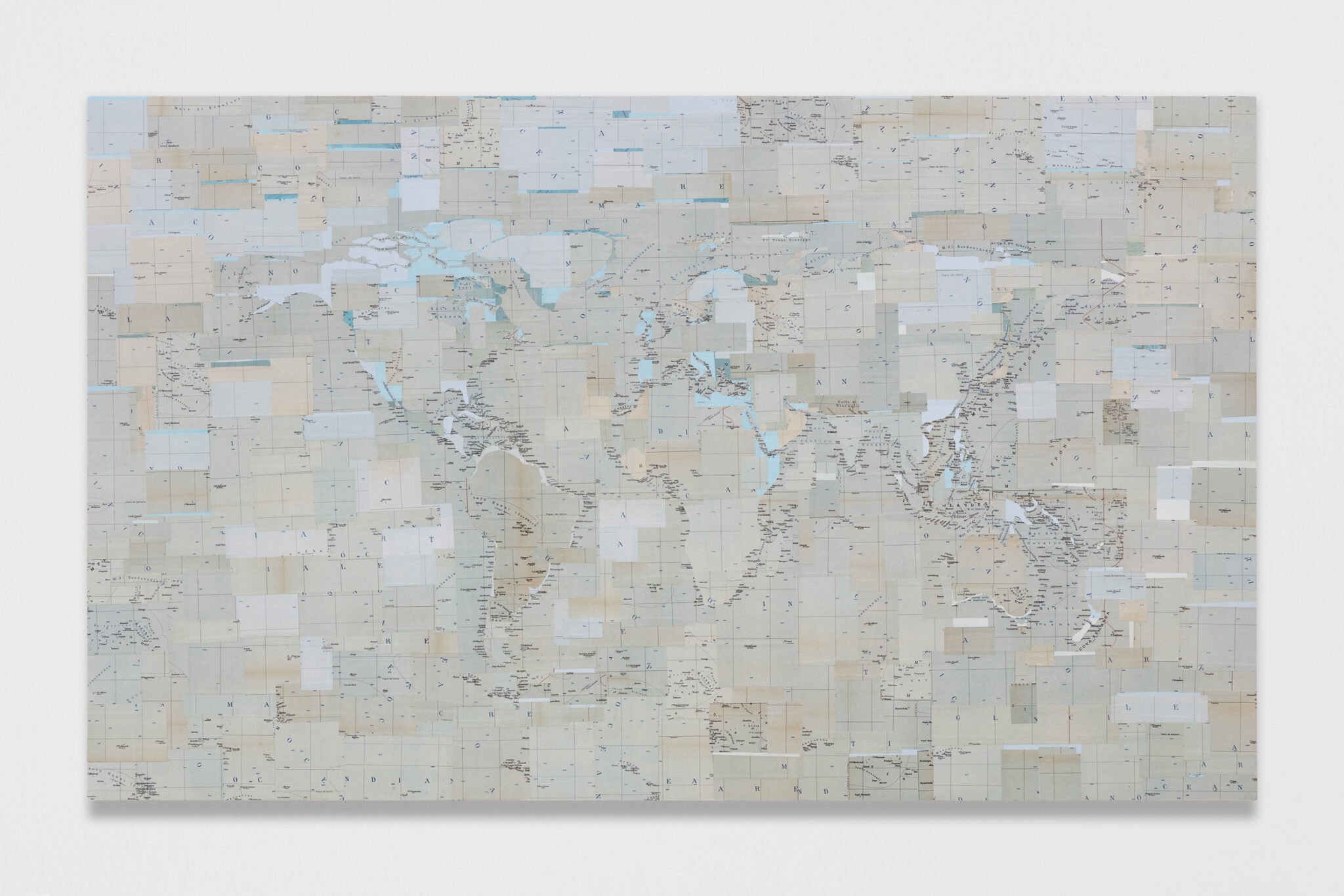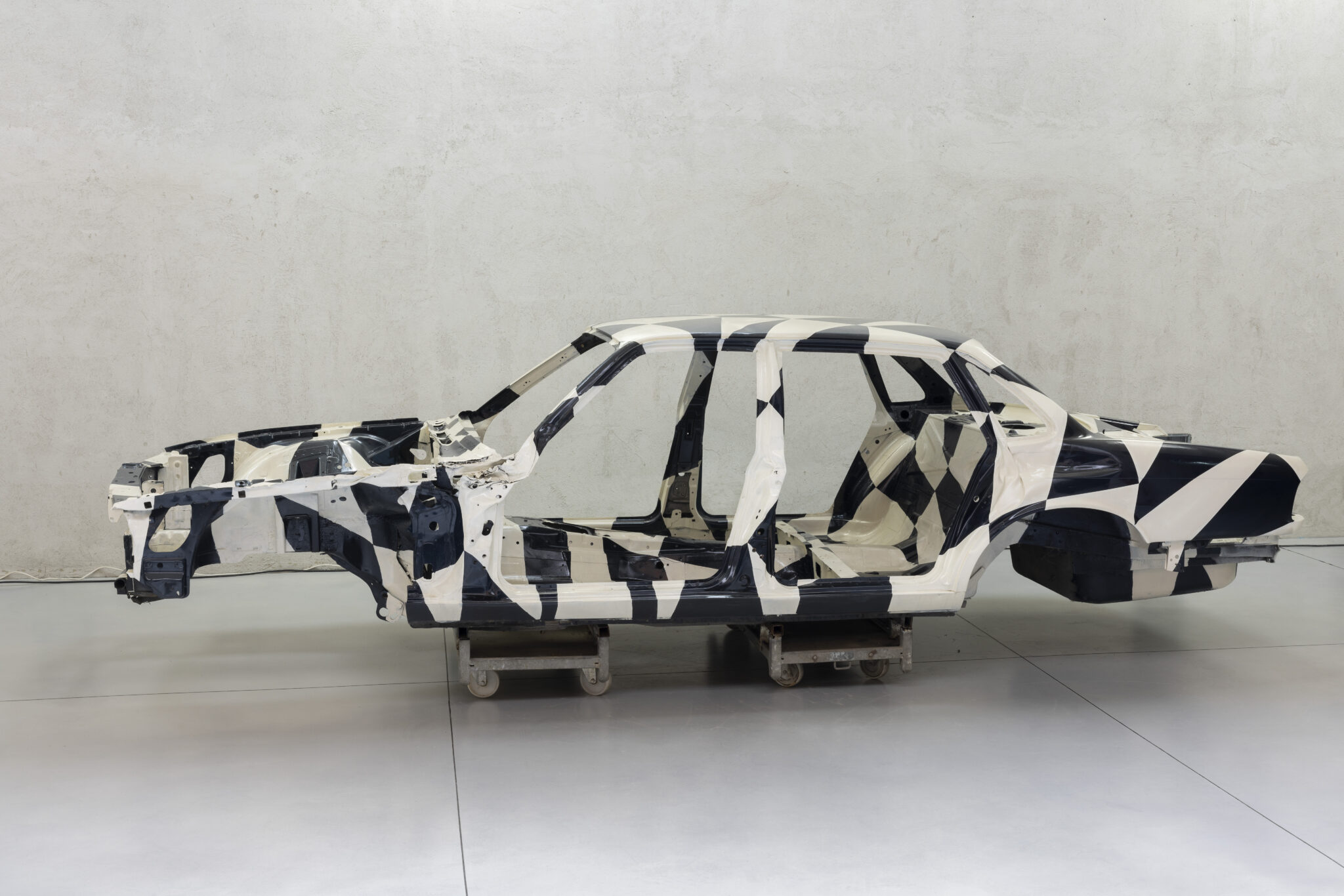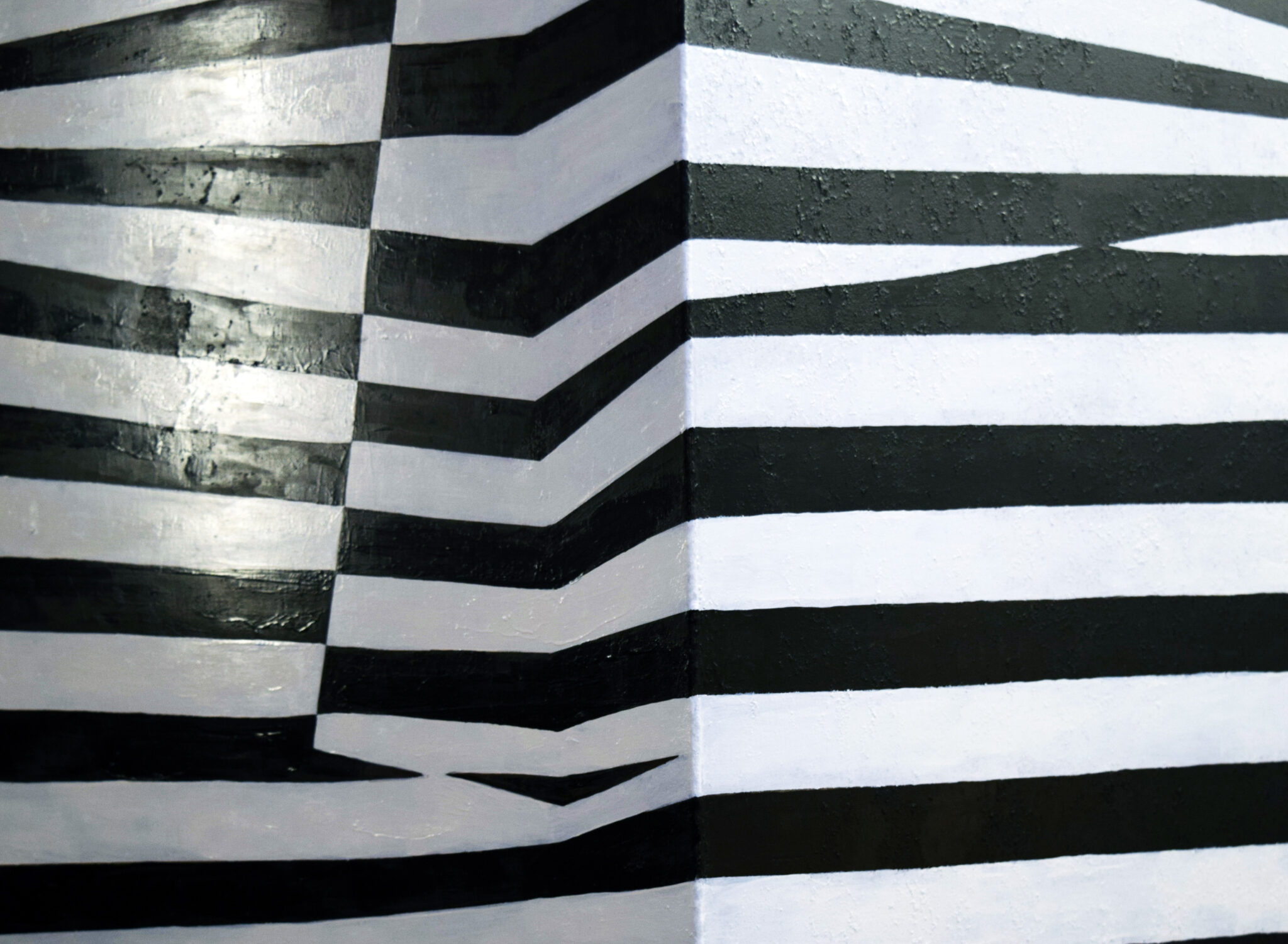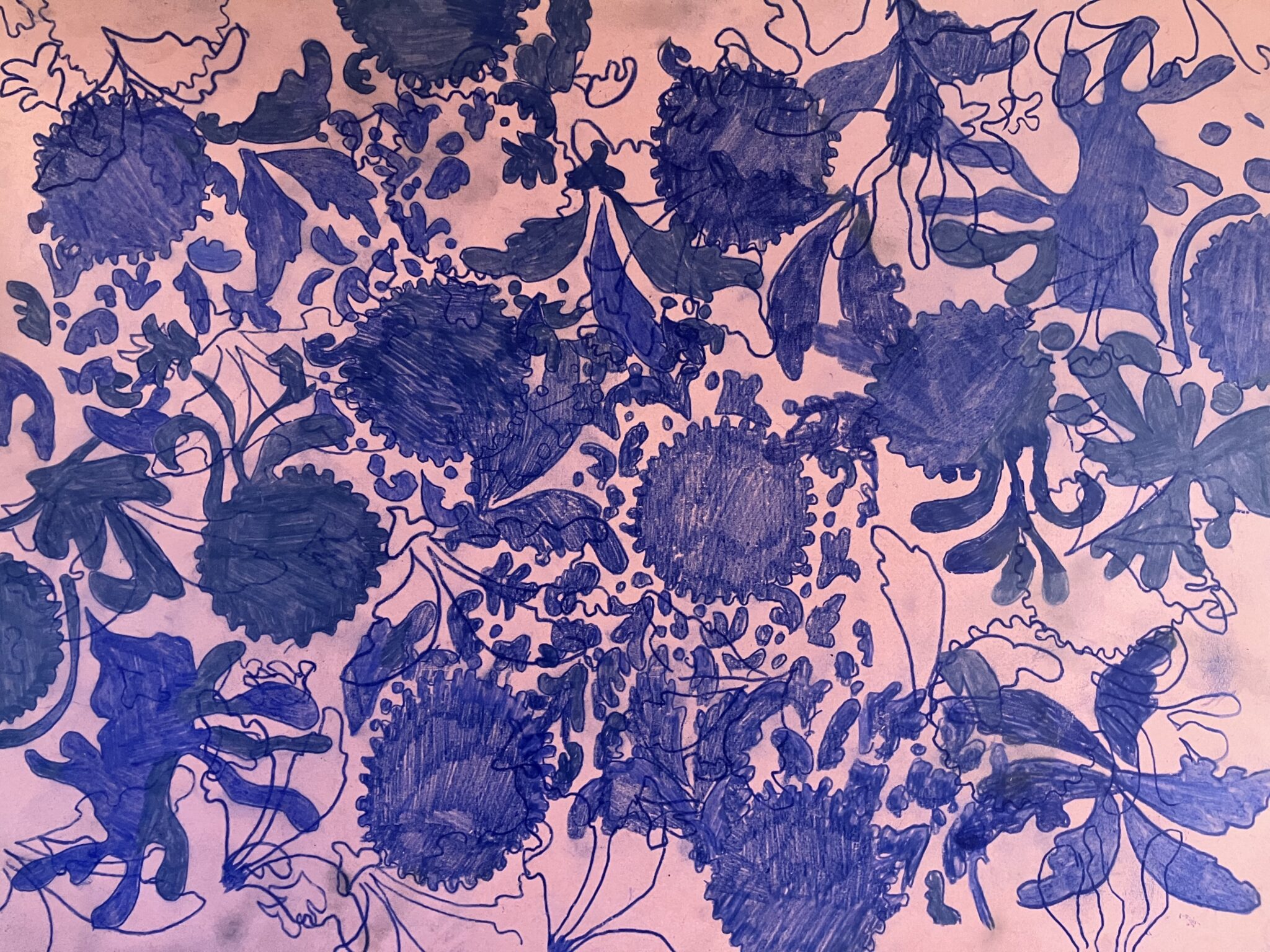Flavio Favelli
Flavio Favelli was born in Florence, Italy (1967), and he lives and works in Bologna, Italy.
In 1993 he graduated at the University of Bologna with a degree in Oriental Studies, only afterwards beginning his career as an artist.
Flavio Favelli creates works using old objects of décor or everyday use, such as lighting fixtures, picture frames, Fanta or Coca Cola bottles, trinkets that evoke the bourgeois aesthetic of the family environments he grew up in, or the Eastern cultures he studied at university. His works are collages, sculptures or installations in which these recycled materials are brought together, giving life to layers of meaning that isolate the object from its mere material reality, elevating it to an artistic dimension. This transition does not occur through the distortion of the object itself but rather through an amplification of its functional features, of its value as an object of use, as an object of décor, as an icon of the everyday life of the past, unwittingly existing in the present. The marked autobiographical component in these works (which also lies behind the artist’s rare performances), functions as a common filter for interpreting the various lines of inquiry that Flavio Favelli develops in all of his works, and, through a reflection on memory and the development of a “poetics of the object” centered around the exotic-everyday dichotomy, he threads together his own personal story with broader social history and political ideas.
Flavio Favelli’s works a marked sense of Italianness. In his art he develops and reworks the contradictions that came about with the rise of conceptual art (and pop-art) internationally, placing these theoretical frameworks inside the forms and achievements of the Italian conceptual tradition. The result are works with a hybrid soul, which make it difficult to know where to place him on the Italian art scene, and at the same time emphasizing the strong personal element that underlies the language used in each individual work.
His works have been exhibited in prestigious international institutions, including: Museo di Capodimonte, Naples (2022); GAM, Turin (2022); Fondazione Adolfo Pini, Milan (2021); Il bello inverso, Ca’ Rezzonico, Venice (2019); Albergo Diurno Venezia, Milan (2017); UNIVERS, A METAPHYSIC STORE, Venice (2017); Art Basel Hong Kong – the Encounters section curated by Yuko Hasegawa (2013); MAXXI, Rome (2015, 2012, 2010); Museo del Novecento, Milan (2012), MACRO, Rome (2012; 2011); RISO – Museo d’Arte Contemporanea, Palermo (2011), American Academy in Rome (2011, 2010); Tate Modern, London (2010), MCA, Chicago (2009), Fondazione Sandretto Re Rebaudengo, Turin (2008; 2007, 2002); Palazzo Grassi, Venice (2008), Elgiz Museum of Contemporary Art, Istanbul (2008), Benaki Museum, Athens (2008), La Maison Rouge (2007), MAMBO, Bologna (2007), Musée d’Art Contemporain de Nîmes, (2007); Creative Art Center, Beijing (2006); Musèe d’Art Moderne de Saint- Etienne, Saint- Etienne (2005), Istituto Italiano di Cultura, Los Angeles (2004), Museion – Museo d’Arte Moderna e Contemporanea, Bolzano (2003).
In 2012 the artist represented Italy at the 11th Biennale de La Habana and he has twice taken part – in 2003 and in 2013 – in the Venice Biennale. Flavio Favelli was chosen for the residence at the Italian Cultural Institute of Istanbul and in 2014 he had a solo show in the historic complex of the Galata Rum Okulu school.
Flavio Favelli was born in Florence, Italy (1967), and he lives and works in Bologna, Italy.
In 1993 he graduated at the University of Bologna with a degree in Oriental Studies, only afterwards beginning his career as an artist.
Flavio Favelli creates works using old objects of décor or everyday use, such as lighting fixtures, picture frames, Fanta or Coca Cola bottles, trinkets that evoke the bourgeois aesthetic of the family environments he grew up in, or the Eastern cultures he studied at university. His works are collages, sculptures or installations in which these recycled materials are brought together, giving life to layers of meaning that isolate the object from its mere material reality, elevating it to an artistic dimension. This transition does not occur through the distortion of the object itself but rather through an amplification of its functional features, of its value as an object of use, as an object of décor, as an icon of the everyday life of the past, unwittingly existing in the present. The marked autobiographical component in these works (which also lies behind the artist’s rare performances), functions as a common filter for interpreting the various lines of inquiry that Flavio Favelli develops in all of his works, and, through a reflection on memory and the development of a “poetics of the object” centered around the exotic-everyday dichotomy, he threads together his own personal story with broader social history and political ideas.
Flavio Favelli’s works a marked sense of Italianness. In his art he develops and reworks the contradictions that came about with the rise of conceptual art (and pop-art) internationally, placing these theoretical frameworks inside the forms and achievements of the Italian conceptual tradition. The result are works with a hybrid soul, which make it difficult to know where to place him on the Italian art scene, and at the same time emphasizing the strong personal element that underlies the language used in each individual work.
His works have been exhibited in prestigious international institutions, including: Museo di Capodimonte, Naples (2022); GAM, Turin (2022); Fondazione Adolfo Pini, Milan (2021); Il bello inverso, Ca’ Rezzonico, Venice (2019); Albergo Diurno Venezia, Milan (2017); UNIVERS, A METAPHYSIC STORE, Venice (2017); Art Basel Hong Kong – the Encounters section curated by Yuko Hasegawa (2013); MAXXI, Rome (2015, 2012, 2010); Museo del Novecento, Milan (2012), MACRO, Rome (2012; 2011); RISO – Museo d’Arte Contemporanea, Palermo (2011), American Academy in Rome (2011, 2010); Tate Modern, London (2010), MCA, Chicago (2009), Fondazione Sandretto Re Rebaudengo, Turin (2008; 2007, 2002); Palazzo Grassi, Venice (2008), Elgiz Museum of Contemporary Art, Istanbul (2008), Benaki Museum, Athens (2008), La Maison Rouge (2007), MAMBO, Bologna (2007), Musée d’Art Contemporain de Nîmes, (2007); Creative Art Center, Beijing (2006); Musèe d’Art Moderne de Saint- Etienne, Saint- Etienne (2005), Istituto Italiano di Cultura, Los Angeles (2004), Museion – Museo d’Arte Moderna e Contemporanea, Bolzano (2003).
In 2012 the artist represented Italy at the 11th Biennale de La Habana and he has twice taken part – in 2003 and in 2013 – in the Venice Biennale. Flavio Favelli was chosen for the residence at the Italian Cultural Institute of Istanbul and in 2014 he had a solo show in the historic complex of the Galata Rum Okulu school.
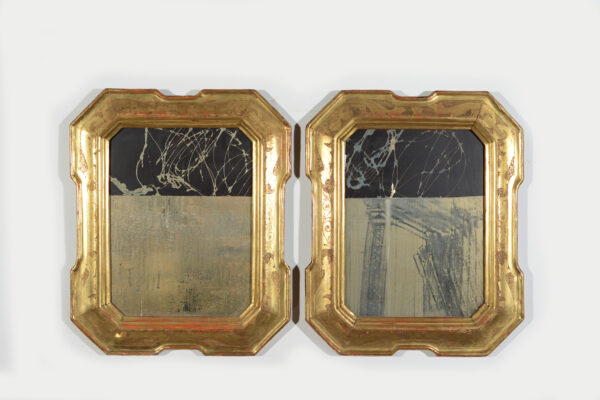 Serie Ottocento, 2025scratched mirrors, framed
Serie Ottocento, 2025scratched mirrors, framed
42 × 35 cm each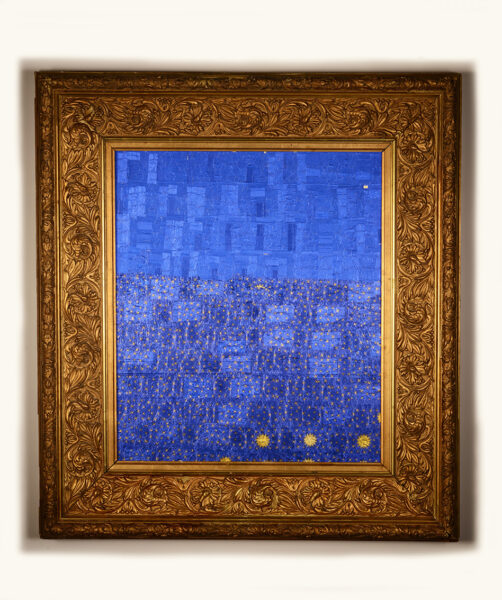 Zaffiro Afrika, 2024collage of praline wrappers on board with frame
Zaffiro Afrika, 2024collage of praline wrappers on board with frame
89×81 cm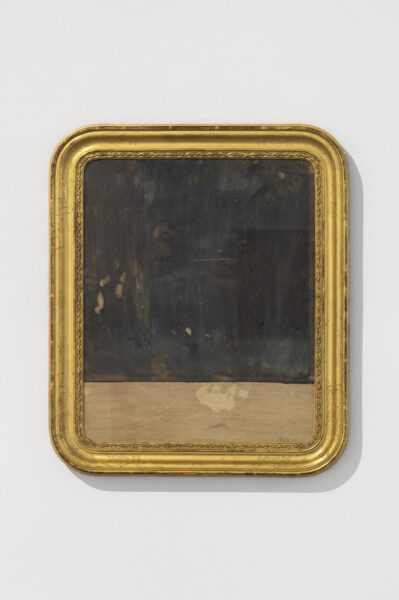 Silver Horizon, 2024scratched mirror, framed
Silver Horizon, 2024scratched mirror, framed
55 × 47 cm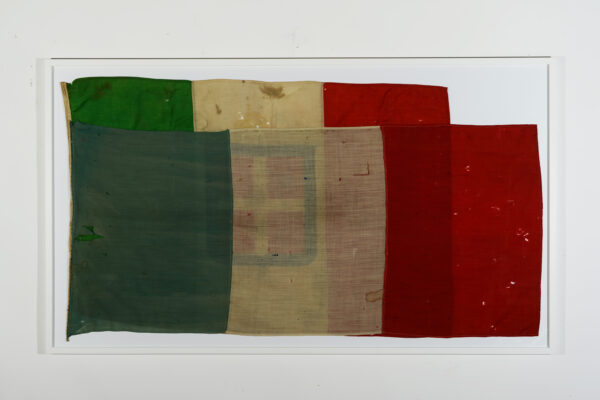 Italia, 2024assemblage of found flags with frame
Italia, 2024assemblage of found flags with frame
90×156 cm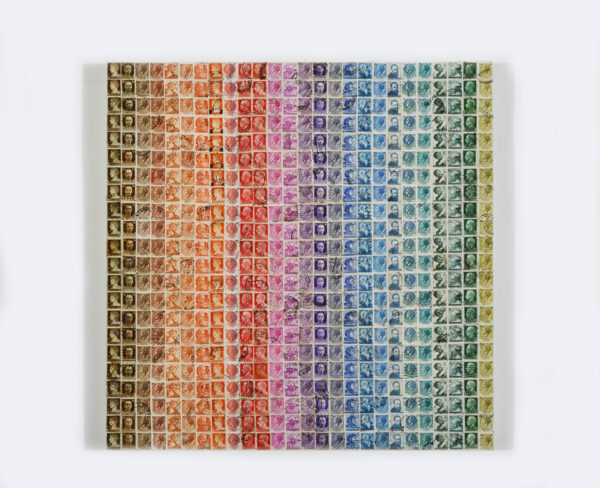 Blue Zaccaria, 2024collage of stamps on board
Blue Zaccaria, 2024collage of stamps on board
50×50 cm Rose Gold, 2024Collage of praline wrappers on board with frame
Rose Gold, 2024Collage of praline wrappers on board with frame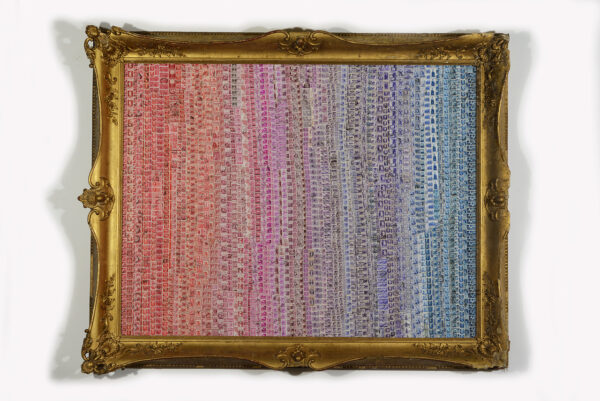 Storia d’Italia, 2024collage of stamps on board with frame
Storia d’Italia, 2024collage of stamps on board with frame
132×166 cm Delizia Violetto, 2013-2021praline wrapper collage on board with frame
Delizia Violetto, 2013-2021praline wrapper collage on board with frame
60×48 cm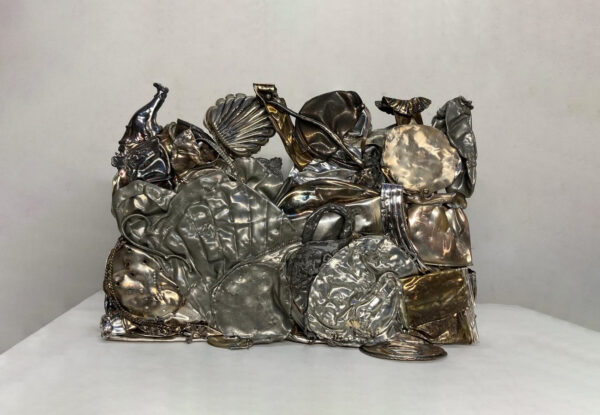 Silver Sheffield, 2024Silver Sheffield, 2024
Silver Sheffield, 2024Silver Sheffield, 2024
trays assemblage
43×61×10 cm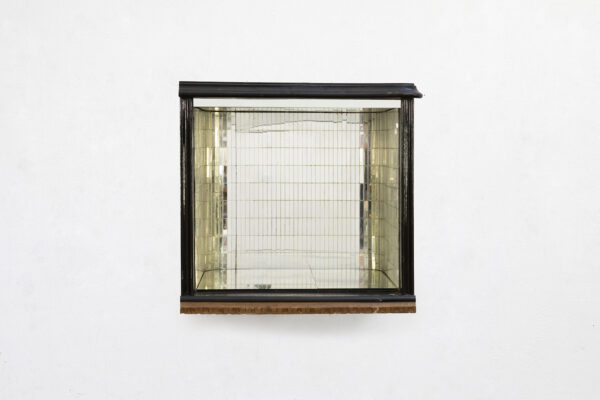 Crystal Bar 78, 2023cut and assembled wooden furniture, mirror
Crystal Bar 78, 2023cut and assembled wooden furniture, mirror
56×59×54 cm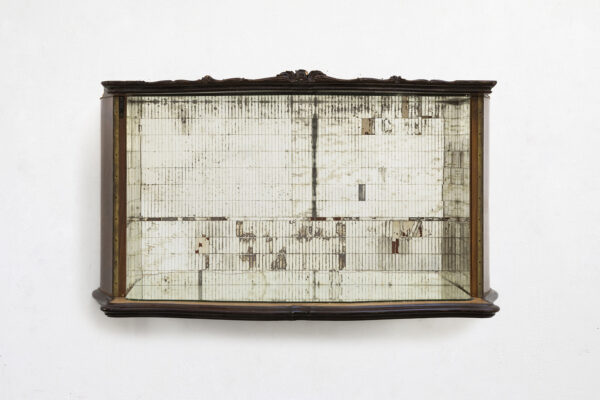 Crystal Bar 72, 2023cut and assembled wooden furniture, mirror
Crystal Bar 72, 2023cut and assembled wooden furniture, mirror
67×122×43 cm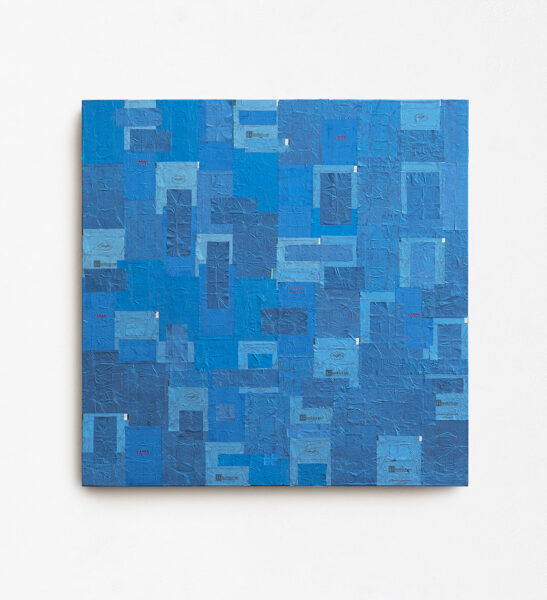 Extra Blu, 2020collage of praline wrappers on board
Extra Blu, 2020collage of praline wrappers on board
50×50 cm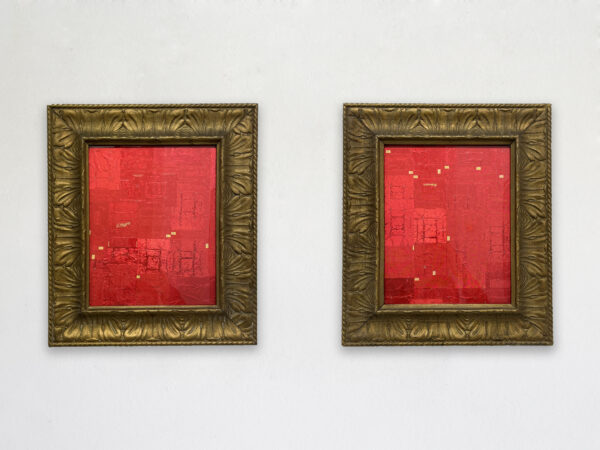 Flavio Favelli, Red San Giorgio, 2013collage of praline wrappers on board with frame
Flavio Favelli, Red San Giorgio, 2013collage of praline wrappers on board with frame
44×38 cm
each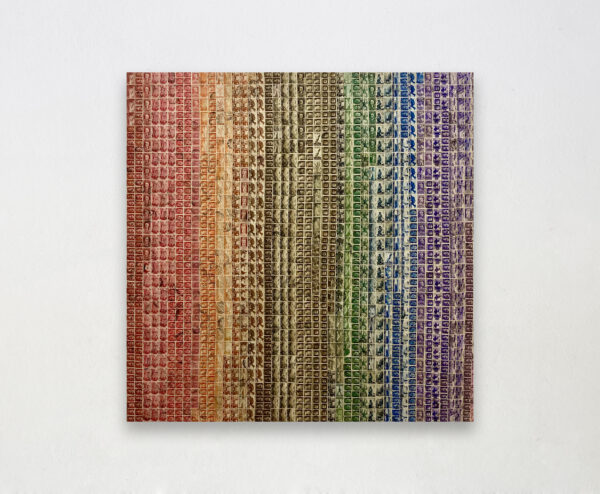 Oltremare, 2023stamps on wooden board
Oltremare, 2023stamps on wooden board
98,5×98,5×5,5 cm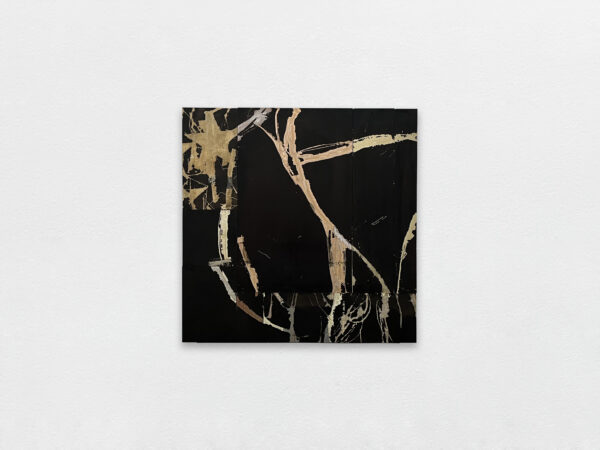 Flavio Favelli, Estate Nera 72, 2023Scratched mirrors on board
Flavio Favelli, Estate Nera 72, 2023Scratched mirrors on board
93×93×5 cm Estate 68, 2023Scratched mirrors on board
Estate 68, 2023Scratched mirrors on board
103,5×123,5×5,5 cm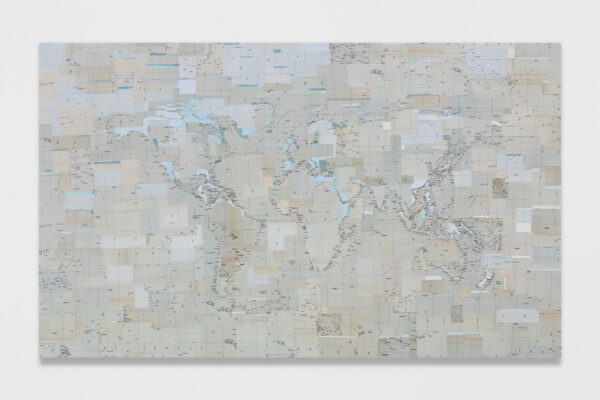 Flavio Favelli, Lagoons, 2022collage of geographic maps on panel
Flavio Favelli, Lagoons, 2022collage of geographic maps on panel
90×150 cm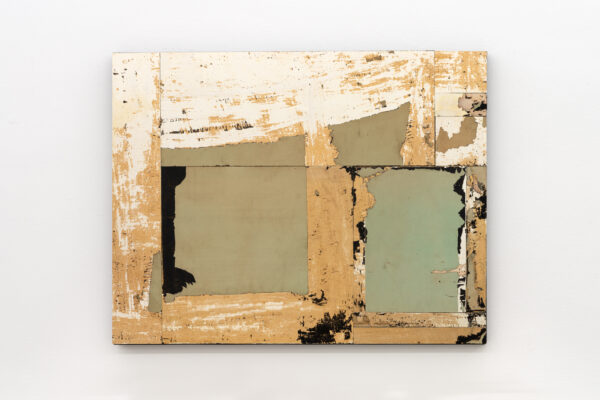 Estate 69, 2023Scratched mirrors on board
Estate 69, 2023Scratched mirrors on board
94×120×5 cm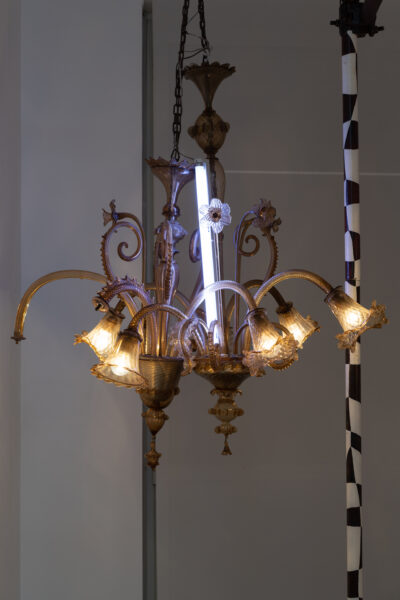 Miele Murano, 2022assemblage of chandeliers, light bulbs and neon
Miele Murano, 2022assemblage of chandeliers, light bulbs and neon
130×120×110 cm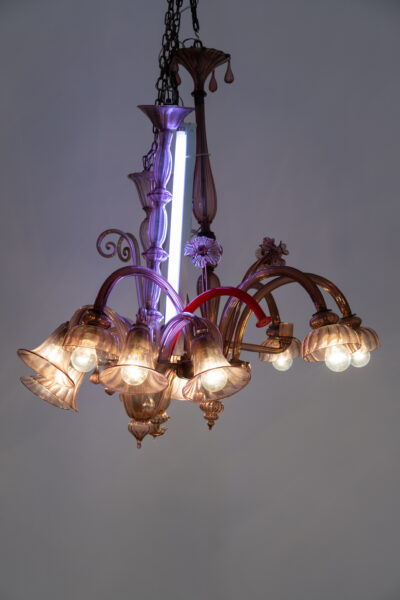 Violet Murano, 2022assemblage of chandeliers, light bulbs and neon
Violet Murano, 2022assemblage of chandeliers, light bulbs and neon
105×120×110 cm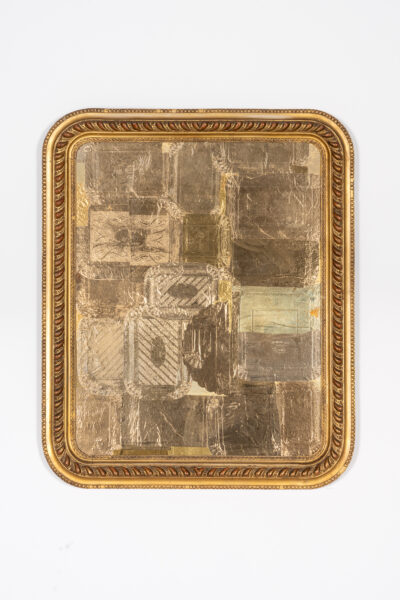 Serie Diplomatica , 2023collage of golden plastic trays on board with frame
Serie Diplomatica , 2023collage of golden plastic trays on board with frame
100×86 cm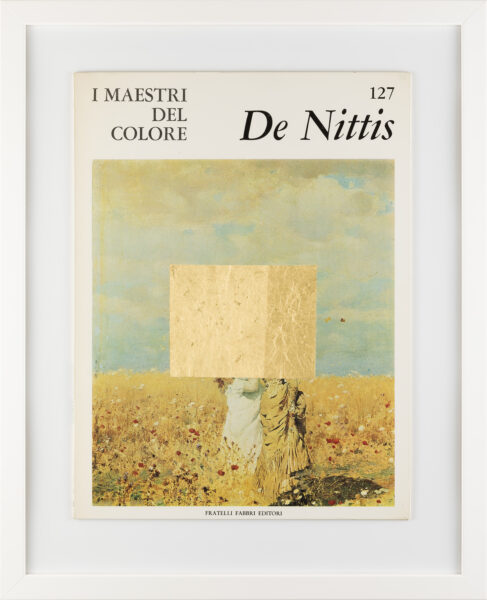 I Maestri Serie Oro, 127, De Nittis, 2022collage of praline wrappers on a booklet with frame
I Maestri Serie Oro, 127, De Nittis, 2022collage of praline wrappers on a booklet with frame
48×38 cm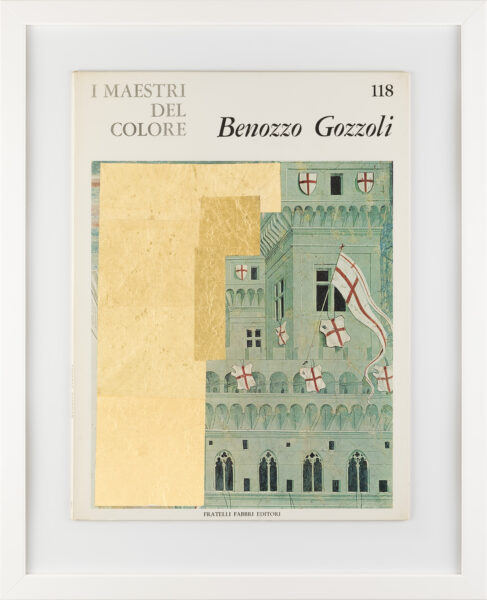 I Maestri Serie Oro, 118, Benozzo Gozzoli, 2022collage of praline wrappers on a booklet with frame
I Maestri Serie Oro, 118, Benozzo Gozzoli, 2022collage of praline wrappers on a booklet with frame
48×38 cm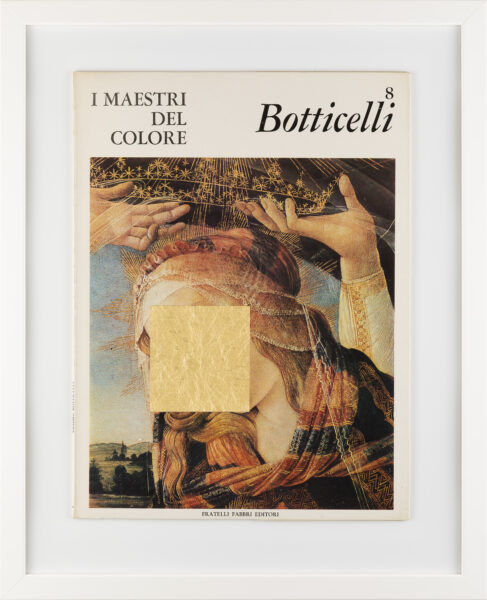 I Maestri Serie Oro, 8, Botticellicollage of praline wrappers on a booklet with frame
I Maestri Serie Oro, 8, Botticellicollage of praline wrappers on a booklet with frame
48×38 cm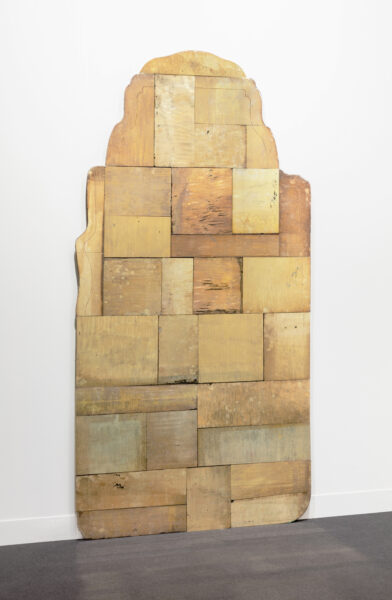 Extra Gold, 2022assemblage of scratched mirrors
Extra Gold, 2022assemblage of scratched mirrors
209×106 cm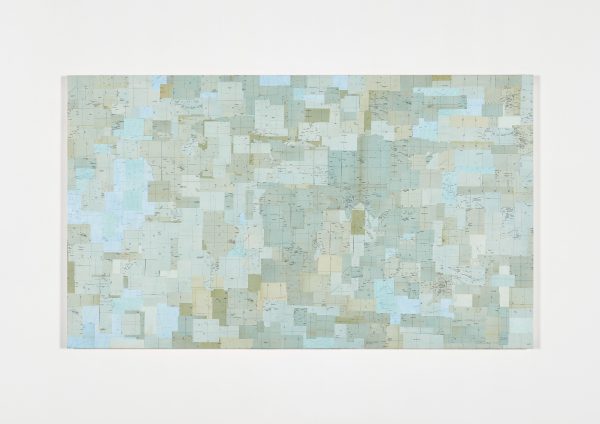 Grande Planisfero, 2022geographic map collage on panel
Grande Planisfero, 2022geographic map collage on panel
100×170 cm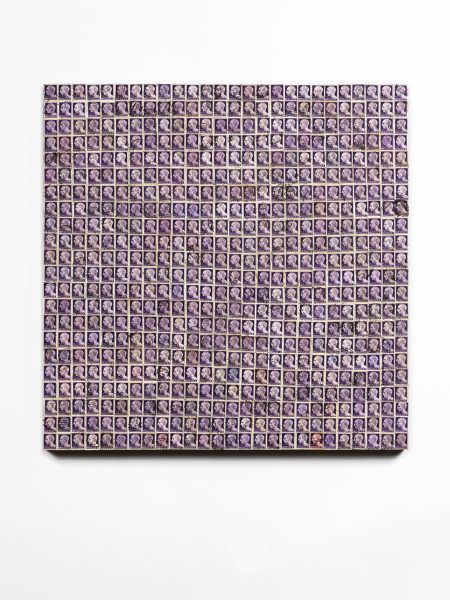 Violet Caesar, 2020stamps on board
Violet Caesar, 2020stamps on board
50×50 cm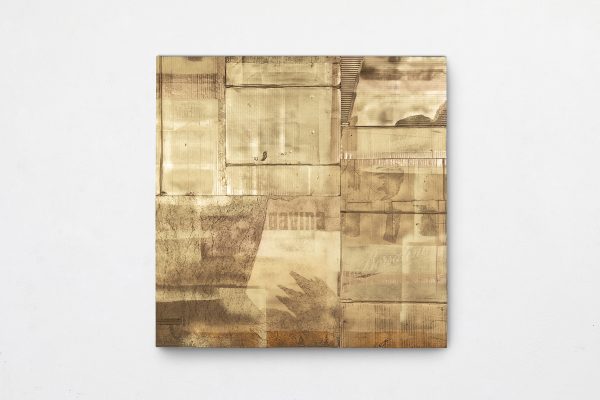 Tempo Aureo, 2020enamel on cardboards on wooden panel
Tempo Aureo, 2020enamel on cardboards on wooden panel
110×110×7 cm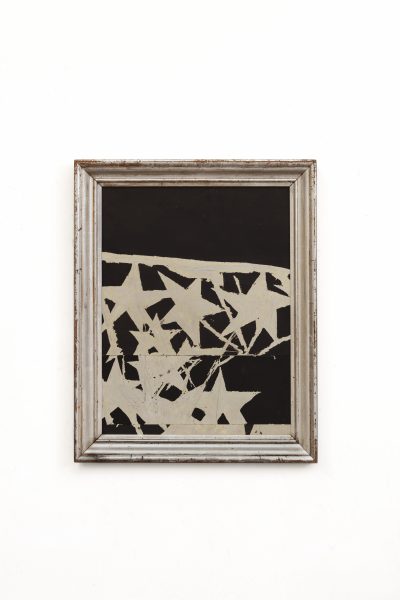 Paesaggio Borghese 73, 2019assemblage of scratched mirrors
Paesaggio Borghese 73, 2019assemblage of scratched mirrors
77×62 cm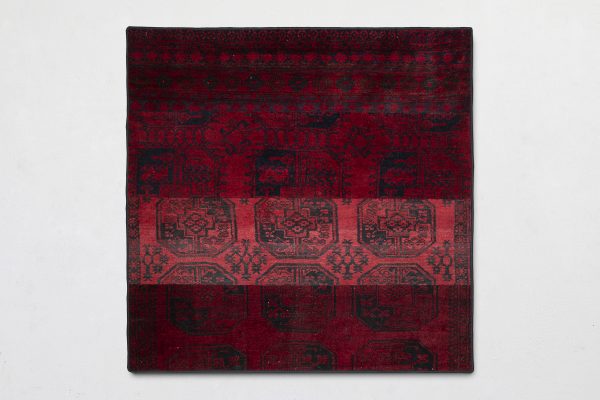 Fiori Afghan K4, 2019assemblage of afghan carpets
Fiori Afghan K4, 2019assemblage of afghan carpets
160×160 cm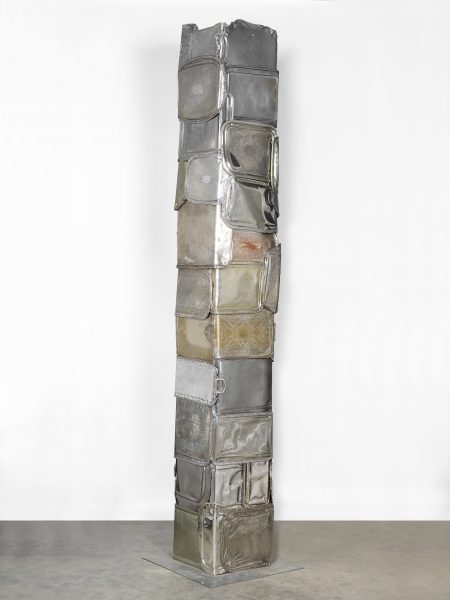 Silver Plated, 2019assemblage of trays
Silver Plated, 2019assemblage of trays
303×45×43 cm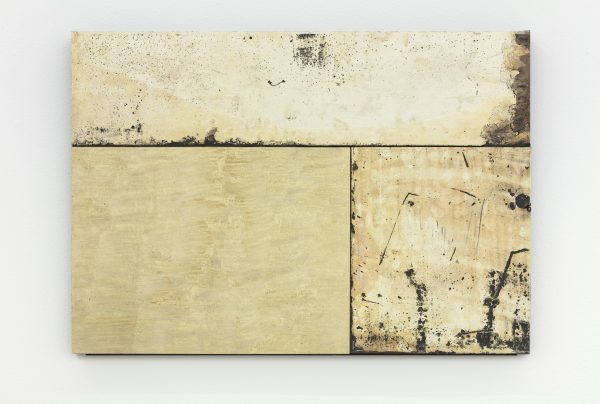 Kenya 82, 2018scratched mirror on board
Kenya 82, 2018scratched mirror on board
70×100 cm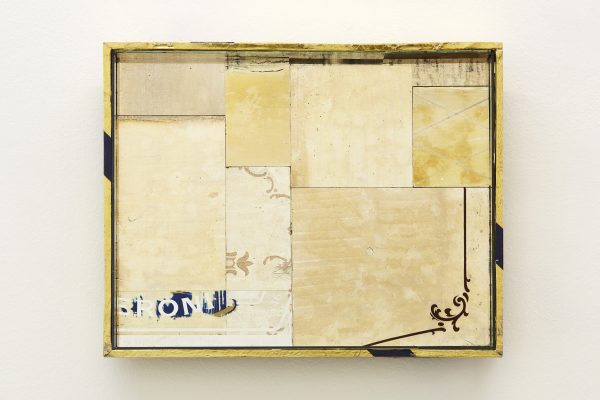 Gold stock, 2018scratched mirrors
Gold stock, 2018scratched mirrors
37×47×6 cm Sexy giallo, 2013collage of posters of the 70s-80s
Sexy giallo, 2013collage of posters of the 70s-80s
46×28,5 cm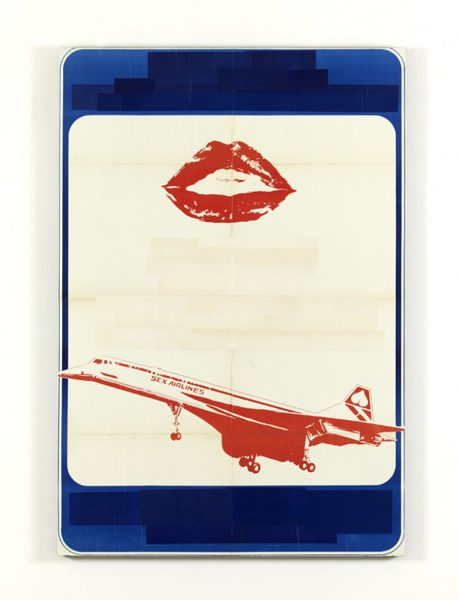 Sex airlines, 2013collage of posters of the 70s-80s
Sex airlines, 2013collage of posters of the 70s-80s
133×91 cm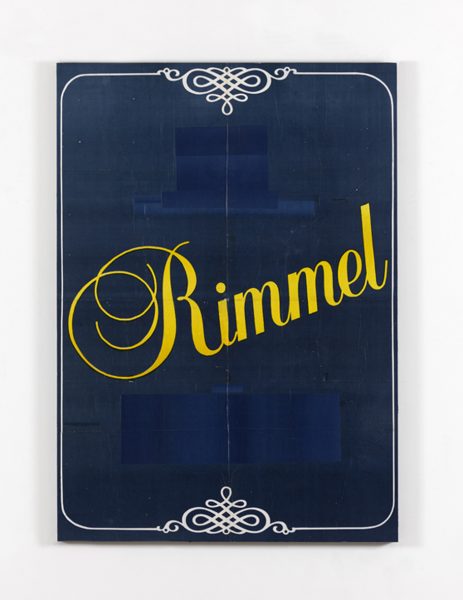 Rimmel, 2013collage of posters of the 70s-80s
Rimmel, 2013collage of posters of the 70s-80s
130×92 cm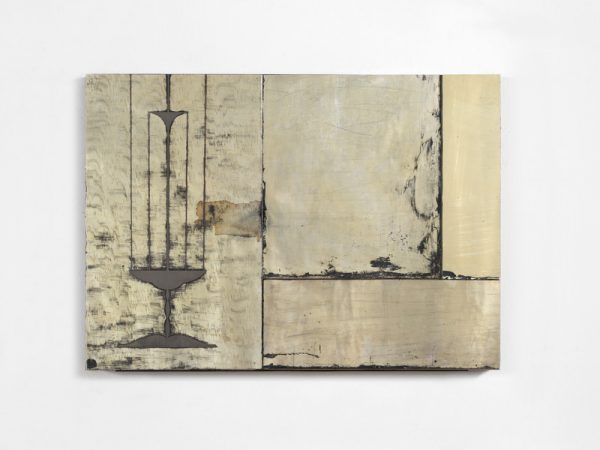 Zambesi 72, 2017scratched mirrors on board
Zambesi 72, 2017scratched mirrors on board
50×70 cm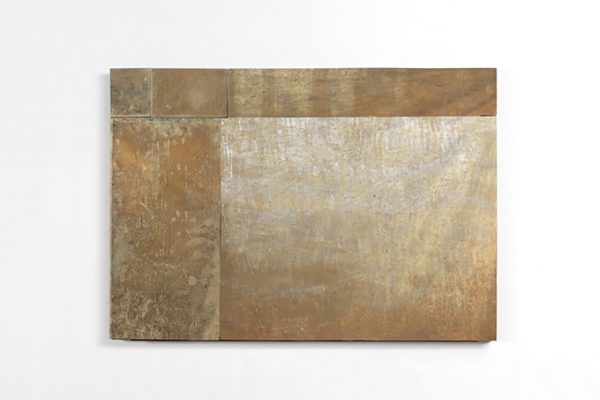 Ghana 72, 2017scratched mirrors on board
Ghana 72, 2017scratched mirrors on board
70×100 cm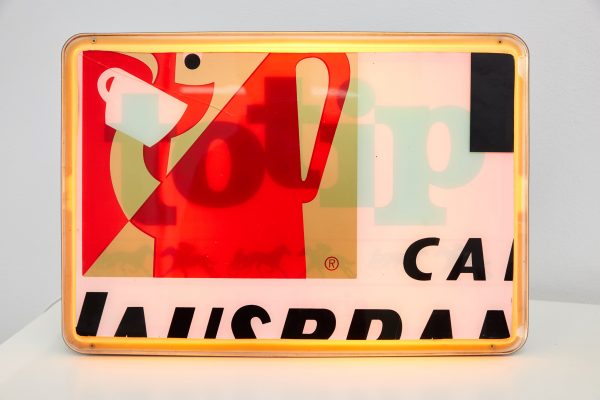 Mille Luci (Totip), 2017assemblage of signs
Mille Luci (Totip), 2017assemblage of signs
33×47×10 cm
Edition unique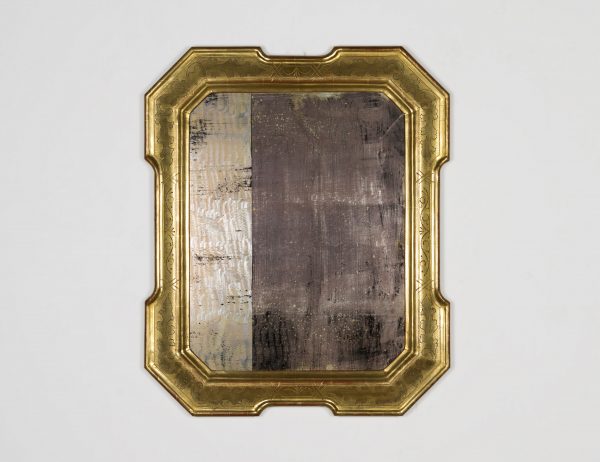 Extra Gold, 2017scratched mirrors and frame
Extra Gold, 2017scratched mirrors and frame
81×67 cm Extra Gold, 2017scratched mirrors and frame
Extra Gold, 2017scratched mirrors and frame
60×46 cm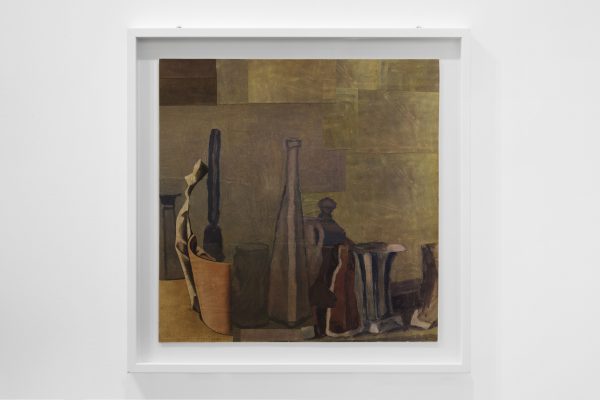 Verde Morandi, 2015collage of posters
Verde Morandi, 2015collage of posters
61×61 cm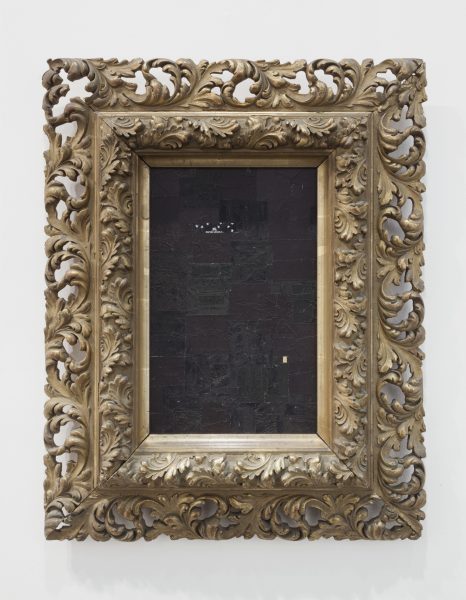 Black Ivory , 2016collage of praline wrappers
Black Ivory , 2016collage of praline wrappers
63×50 cm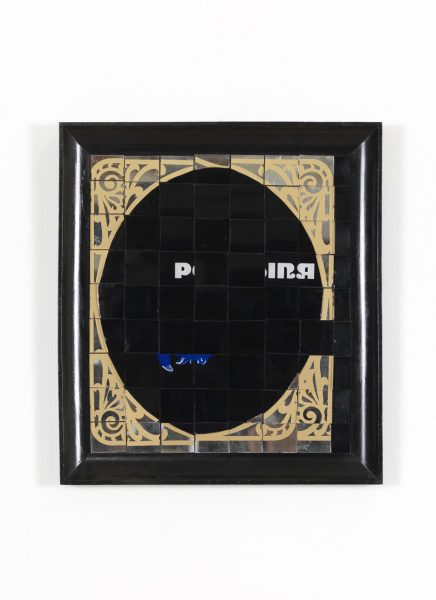 Perugina, 2015scratched mirrors, frame
Perugina, 2015scratched mirrors, frame
43×38 cm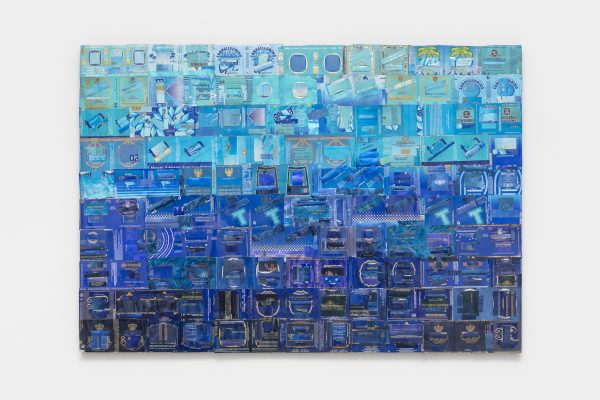 Royal Blue, 2014collage of cut and ground cans
Royal Blue, 2014collage of cut and ground cans
90×130 cm Algida, 2014collage
Algida, 2014collage
75×75 cm
















